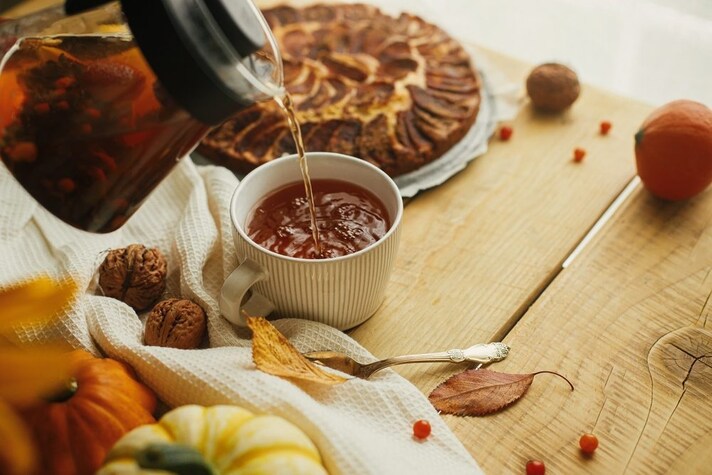
There are draining, relaxing, digestive, expectorant, detox, calming herbal teas: a cup in the morning, at midday, or in the evening can bring benefits to the body. “Bioactive substances called accessory substances are extracted from herbs, flowers, fruit, plants in general: they are not strictly necessary for human health, like nutritional principles such as carbohydrates, proteins, fats, but they still perform regulatory functions”. This is what Dr. Daniele Giacalone, a biologist and nutritionist who recommends a nice herbal tea to his patients, perhaps before intervening with nutraceuticals and supplements, tells us: "From grandmother's remedies to scientific deductions, herbal teas, infusions, decoctions, have always been used: for example, is there a certain amount of water retention? Then I suggest dandelion and asparagus herbal teas, before getting to a pharmacological diuretic. Or licorice and horseradish are purifying, have antioxidant properties and promote the elimination of free radicals. Again, fennel, apple, mint are refreshing, soothing, facilitate digestion". How to make the most of the capabilities of these vegetables? The temperature of the water plays an important role: there are herbal teas that need to boil and others that could, instead, be ruined if they exceed 100 °C. Let's go into detail with the help of the expert.
Herbal Teas and Water Temperature: How to Regulate Them
Plants are not all the same: just as they have different effects on our body, at the same time they differ in structure and chemical composition. Why is it important to use the right water temperature in a herbal tea? “The extraction of bioactive substances is a physical process: if the water is too hot, some could be destroyed, if too cold they might not explode”. In principle, therefore, a distinction can be made between plants with a more delicate and more leathery herbaceous structure. Giacalone explains: “In the first case, such as mint, lemon balm, stevia, which are sensitive, the water must not be brought to excessive temperatures: we are touching 210°F/100°C, therefore boiling, but we do not exceed it, because it would demolish the plant structures. In the second case, we are referring to plants such as cardoon or fennel, which contain more cellulose, we can act with higher temperatures, bringing to the boil even for several minutes: in fact they also lend themselves to decoctions”.

Why Do We Use Hot Water?
The hotter the water, the more the number of cells that degrade increases and therefore the quantity of active ingredients that can be used. However, the expert emphasizes, "if you exceed the temperature and infusion times in plants that are too delicate, you will also distort the chemical composition of the extract". Generally speaking, for extraction, the advice is not to exceed 5 minutes after boiling with the toughest and coarsest plants: "If I have to make a herbal tea with dried bay leaves, I bring to the boil and then I can leave it together with the lemon peels for 3-5 minutes, so that the latter begin to discolor: in this way I extract as much material as possible". With delicate plants you can behave like this: "We keep the temperature under control: we stop as soon as the bubbles begin to emerge". In a purely summer situation, furthermore, mint or lemon balm are plants whose extraction can also be carried out cold. “Starting from warm water, the bioactive substances come out equally, so you can put the herbal tea in the refrigerator and leave it to infuse for several hours depending on the desired intensity.”
;Resize,width=767;)
